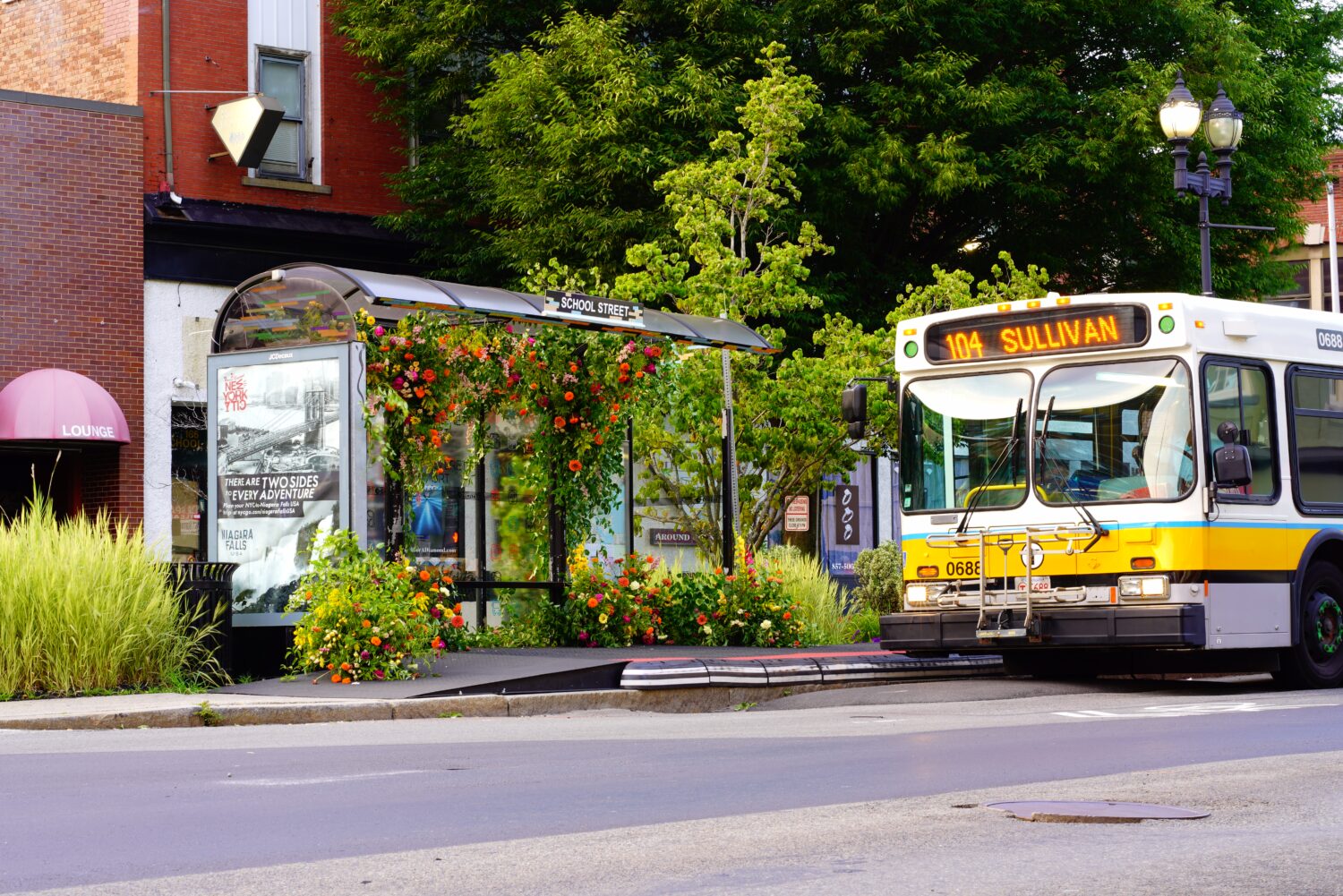After a dangerous and costly winter storm season ending with four Nor’easters in three weeks following multiple hurricane and wildfire disasters, common sense says climate change is accelerating. It is putting our entire region and our health care systems on the front lines of what’s been called the greatest public health threat of the century.
Fortunately, Massachusetts can add climate-smart action to its global fame for health care leadership.Two recent, Barr Foundation-supported reports by Health Care Without Harm help readers understand how health care itself is at risk from climate change, and feature local health care progress.
Part One of this two-part blog explores how climate-smart hospitals can protect lives, stay open, and stay financially healthy in the face of extreme weather, explored in a recent report, “Safe haven in the storm: Protecting lives and margins with climate smart health care.”Part Two will drill into a second report on the infrastructure, social equity and planning challenges that hospitals and their stakeholders face as they work to anchor more resilient, healthy communities.
Worldwide and locally, climate change and more extreme weather events are already increasing deaths, injury, illness, and violence. Hospitals are supposed to be the last building standing but have proven vulnerable, with disruptions to surgeries, treatments, facilities, staffing, research, mission-critical supplies, and even their financial health:
- Hurricane Sandy caused NYU Langone Hospital’s emergency department to close for 18 months; surgeries stopped for 2 months, and $700 million in irreplaceable medical research was lost.
- The Santa Rosa fires evacuated two hospitals, even as respiratory ailments surged.
- Boston’s extreme winter storms in 2015 forced Brigham and Women’s Hospital to postpone or cancel surgeries, resulting in a $10 million loss.
- Hurricanes Maria and Irma destroyed intravenous fluid factories in Puerto Rico, creating ongoing nationwide shortages, among many other impacts.
The human toll extends far beyond hospital walls to utilities, infrastructure, and our communities, hitting the most vulnerable hardest; poverty rates typically increase after big disasters, driving up uninsured / underinsured care costs.And then there’s the significant mental health trauma and stress, particularly for those who lose loved ones, income or jobs, housing, and/or hard-earned savings.
“Safe haven” by Health Care Without Harm in collaboration with PricewaterhouseCoopers Advisory Services LLC, is the first report in the world for health care executives that examines climate-aggravated extreme weather events’ impacts on hospital finances. Its framework, detailed below in Figure 1, enables sector leaders to weigh the costs of being ill-prepared, from inability to treat patients to reduced reimbursement. “Safe haven” also lays out the cascade of benefits that accrue if they make investments that both protect patients and hospitals’ often surprisingly fragile financial health.
Figure 1: The costs of being ill-prepared


Figure 2

The smart sector leaders showcased in “Safe Haven” are taking mutually reinforcing actions: managing extreme weather risks, reducing greenhouse gas emissions, investing in community health and resilience, and leading on clean energy and climate policy. See Figure 3.Leading by example, they are urging their peers and all of us to do the same.
Two local examples from “Safe haven:”

Boston Medical Center’s advanced energy and resiliency efforts include a combined heat and power plant that can supply the hospital and a key part of the City’s emergency communications network when the grid is down.BMC’s climate leadership has generated meaningful additional benefits; at least $5 million in gifts and improved recruiting; candidates routinely cite their knowledge of BMC’S sustainability work. Our two green bond offerings, totaling more than $200 million, greatly broadened our pool of environmentally responsible investors, and were quickly oversubscribed.
Partners HealthCare’s strategic plan reduces both energy consumption and environmental footprint while making facilities more resilient to climate-driven events like flooding, sea level rise and high winds. Our new Spaulding Rehabilitation Hospital, is nationally recognized for its patient-centered healthy design and as “the climate resilient hospital of the future.” The $1.5 million we spent in resilience investments was recovered quickly through utility rebates and energy savings of $500,000/year. We plow those savings back into more and better patient care.
Both facilities are years ahead of meeting Boston’s and the Commonwealth’s goals of 25 percent greenhouse gas reductions by 2020, and are on track to be carbon neutral for all buildings’ energy by 2025 if not sooner.
Both institutions are actively educating lawmakers, bringing the moral voice of health care to advance climate-smart public policy.The communities they serve cannot thrive if greenhouse gas emissions are not largely eliminated, if climate threatens health, if we can’t flush toilets or get to work.
It’s reassuring that health care is stepping up to face accelerating, increasingly intense climate threats. It is doubly good the actions in “Safe haven in the storm: Protecting lives and margins with climate smart health care” also help contain health care’s share of our households’ and the Commonwealth’s budgets, a pressing matter for us all.






